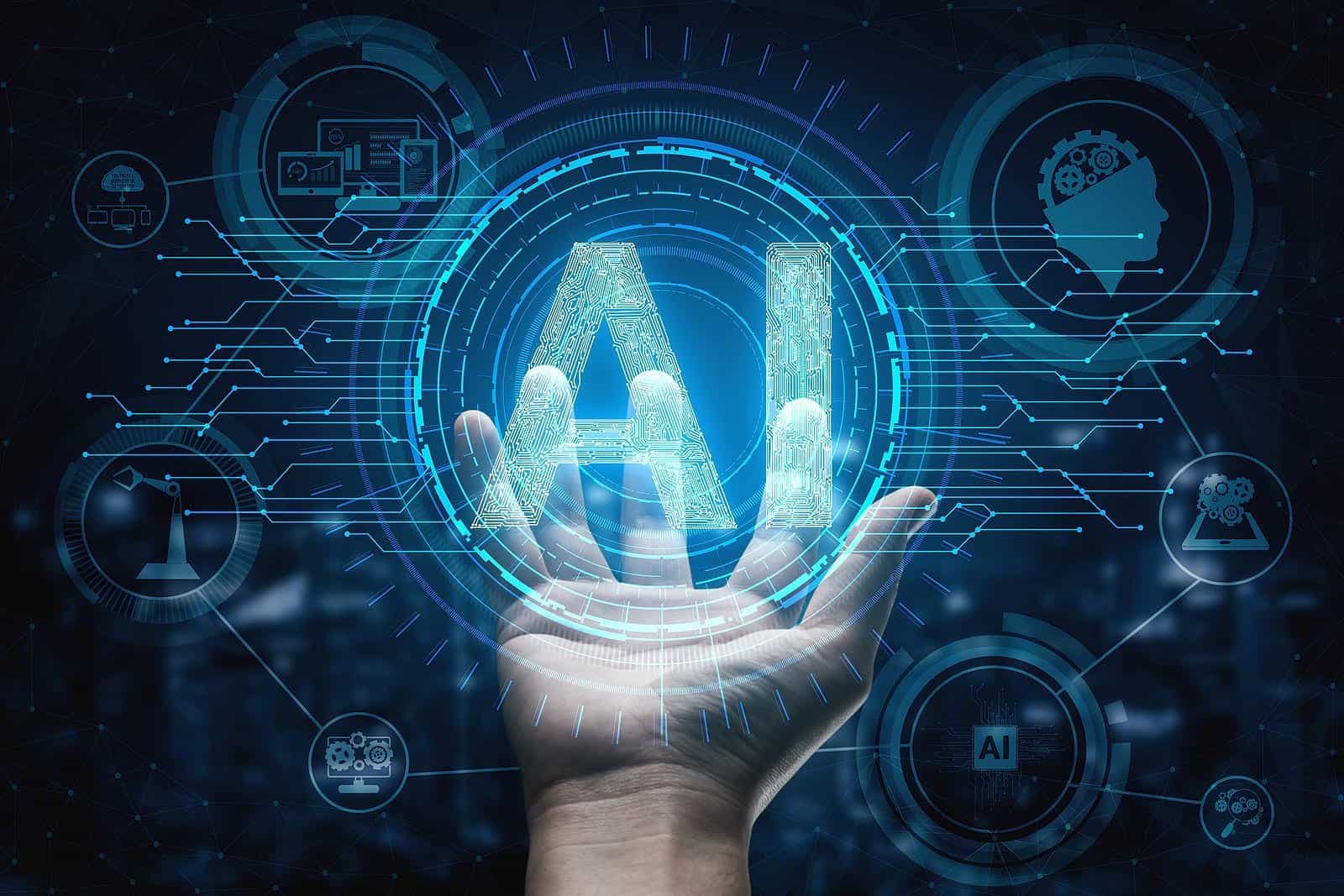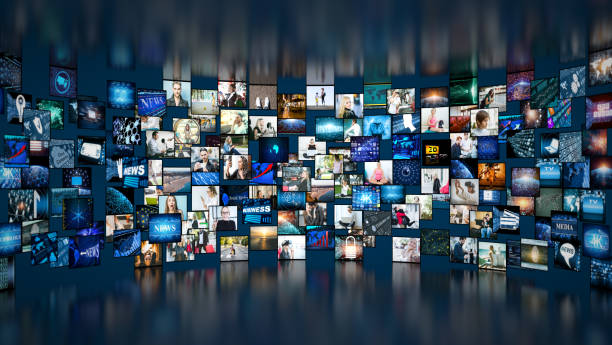Introduction
Artificial Intelligence (AI) has rapidly transformed content creation, from automated writing to image generation and even voice synthesis. While these advancements offer efficiency and creativity, they also bring challenges—chief among them is the difficulty in distinguishing between human-made and AI-generated work. This is where AI detector and KI detector come into play.
The term AI detector is widely used in English, while KI detector comes from the German “Künstliche Intelligenz,” meaning Artificial Intelligence. Both refer to tools and systems designed to analyze content and determine whether it was created by humans or AI algorithms.
What is an AI Detector / KI Detector?
An AI detector or KI detector is a software application, online service, or algorithm that examines text, images, audio, or video to determine if AI played a role in its creation.
These detectors use statistical models, linguistic analysis, and machine learning to identify patterns typical of AI-generated outputs. They are crucial in various sectors, including education, journalism, law enforcement, and digital content moderation.
Key Functions
- Text Analysis – Detecting AI-generated essays, articles, and reports.
- Image Detection – Identifying AI-generated visuals from tools like DALL·E or Midjourney.
- Audio Verification – Recognizing synthetic voices and AI-created speech.
- Video Analysis – Spotting deepfakes or AI-modified video content.
Why AI and KI Detectors Are Important
With generative AI becoming more sophisticated, the ability to verify content origin is more important than ever.
1. Combatting Misinformation
AI tools can generate convincing yet entirely false content. Detectors help filter out manipulated news articles, fake images, and altered videos before they spread.
2. Academic Integrity
Universities and schools face a surge in AI-assisted cheating. AI detectors identify whether a student’s work was human-written or generated by AI.
3. Protecting Creative Industries
Authors, artists, and musicians need assurance that their work isn’t copied or replicated by AI without permission. Detection tools help preserve intellectual property rights.
4. Legal and Ethical Compliance
Industries with strict regulations—such as journalism, finance, and law—use AI detection to ensure transparency and accountability in published materials.
How AI and KI Detectors Work
AI detection systems use a combination of linguistic analysis, probability calculations, and neural network comparisons to determine content origin.
1. Statistical Pattern Recognition
AI-generated content often follows patterns such as:
- Consistent sentence length
- Predictable vocabulary choices
- Overuse of certain connectors or phrases
2. Perplexity and Burstiness Analysis
- Perplexity measures how predictable text is to a language model. AI tends to produce more predictable text.
- Burstiness refers to sentence variation. Humans generally write with more variability than AI models.
3. Metadata and Digital Watermarks
Some AI tools embed hidden metadata in files. Detectors can scan for these digital signatures to confirm AI involvement.
4. Model Output Matching
Detectors sometimes compare a given text or image against known outputs from AI models to find similarities.
Popular AI Detector and KI Detector Tools
There are several well-known AI/KI detection tools used globally.
1. GPTZero
One of the most widely used AI detectors for educators, GPTZero measures perplexity and burstiness to detect AI-generated writing.
2. Copyleaks AI Detector
This commercial tool integrates plagiarism checks with AI detection, making it popular for academic and corporate use.
3. OpenAI AI Classifier
A free tool created by OpenAI that predicts whether text was AI-generated, though it is still in development.
4. Hugging Face Detection Models
Open-source models available for developers to build custom detection systems.
Applications of AI and KI Detectors
These tools are used in various industries and contexts:
- Education – To uphold academic honesty.
- Media – To verify sources and prevent fake news distribution.
- Corporate Communication – Ensuring originality in reports and marketing.
- Law Enforcement – Detecting manipulated evidence such as deepfakes.
- Publishing – Maintaining trust in authored work.
Challenges in AI and KI Detection
While detection technology is advancing, it still faces several limitations.
1. Accuracy Limitations
No detector is 100% reliable. Sometimes human-written text is wrongly flagged (false positive), and AI content can slip through (false negative).
2. Constant AI Evolution
As AI writing models improve, they mimic human writing more closely, making detection increasingly challenging.
3. Language and Cultural Differences
Many detectors are trained on English content, making detection less accurate for other languages like German (KI detector) or Spanish.
4. Ethical Risks
Over-reliance on automated detection without human judgment can lead to wrongful accusations.
Best Practices for Using AI and KI Detectors
To ensure fair and accurate results, follow these recommendations:
- Use Multiple Detection Tools – Cross-check results for reliability.
- Combine AI Detection with Human Review – Always confirm findings manually.
- Stay Updated – Use the latest versions of detection tools as AI models evolve.
- Interpret Results Carefully – Treat detection scores as indicators, not final proof.
The Future of AI and KI Detection
AI and KI detectors will evolve alongside AI generation tools. Researchers are developing adaptive detection models that update automatically when new AI models emerge. Additionally, industry leaders are discussing AI content labeling—a universal system where AI-generated content is automatically marked.
Predicted Developments
- AI Content Watermarking Standards – Mandatory digital signatures for AI content.
- Cross-Platform Monitoring – Unified systems to track AI content across social media, news, and entertainment.
- AI vs. AI – Detection models battling generation models in an ongoing cycle of improvement.
Conclusion
AI detectors and KI detectors are becoming indispensable in today’s digital landscape. They help verify authenticity, maintain ethical standards, and protect against the misuse of AI. While these tools are not perfect, their importance will only grow as AI technology advances.
Check out new and latest article to see by clicking here.


